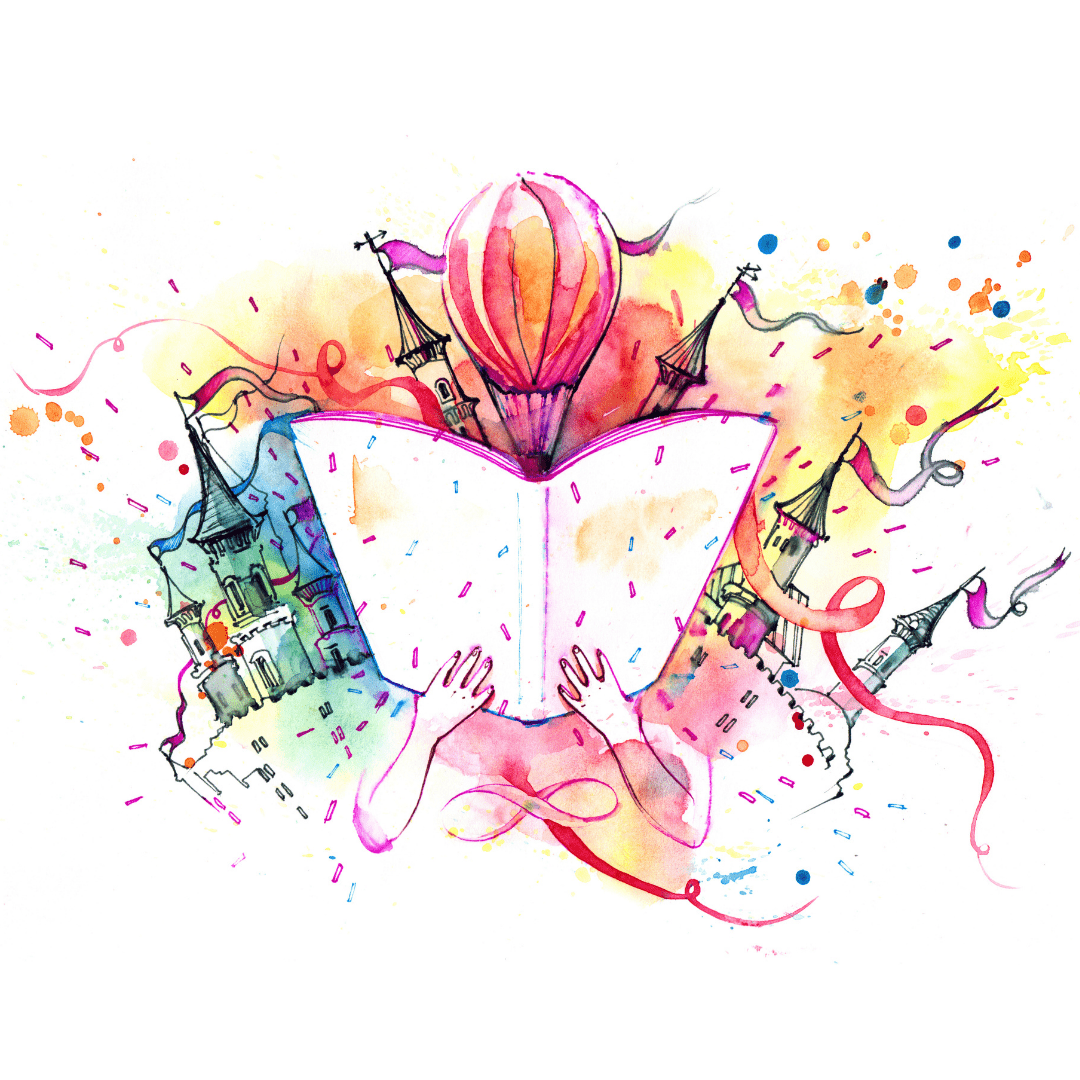I’m working on a series of posts on everything you need to know about self publishing. My experience is in education so much of what I write will be best for teachers or non-fiction. However, […]

How to Ask Someone to Review or Blurb Your Book
Every self-publisher or indie author dreams of getting an amazing review or blurb that will sell your book. Maybe it’s an endorsement from a famous author you admire or a positive review on a website […]

Synposes of Our Short Plays for the Classroom
Are you thinking about trying a play in your English language classroom? Not sure which one to choose? Here are the synopses of our short plays for the classroom. You can also download this list […]
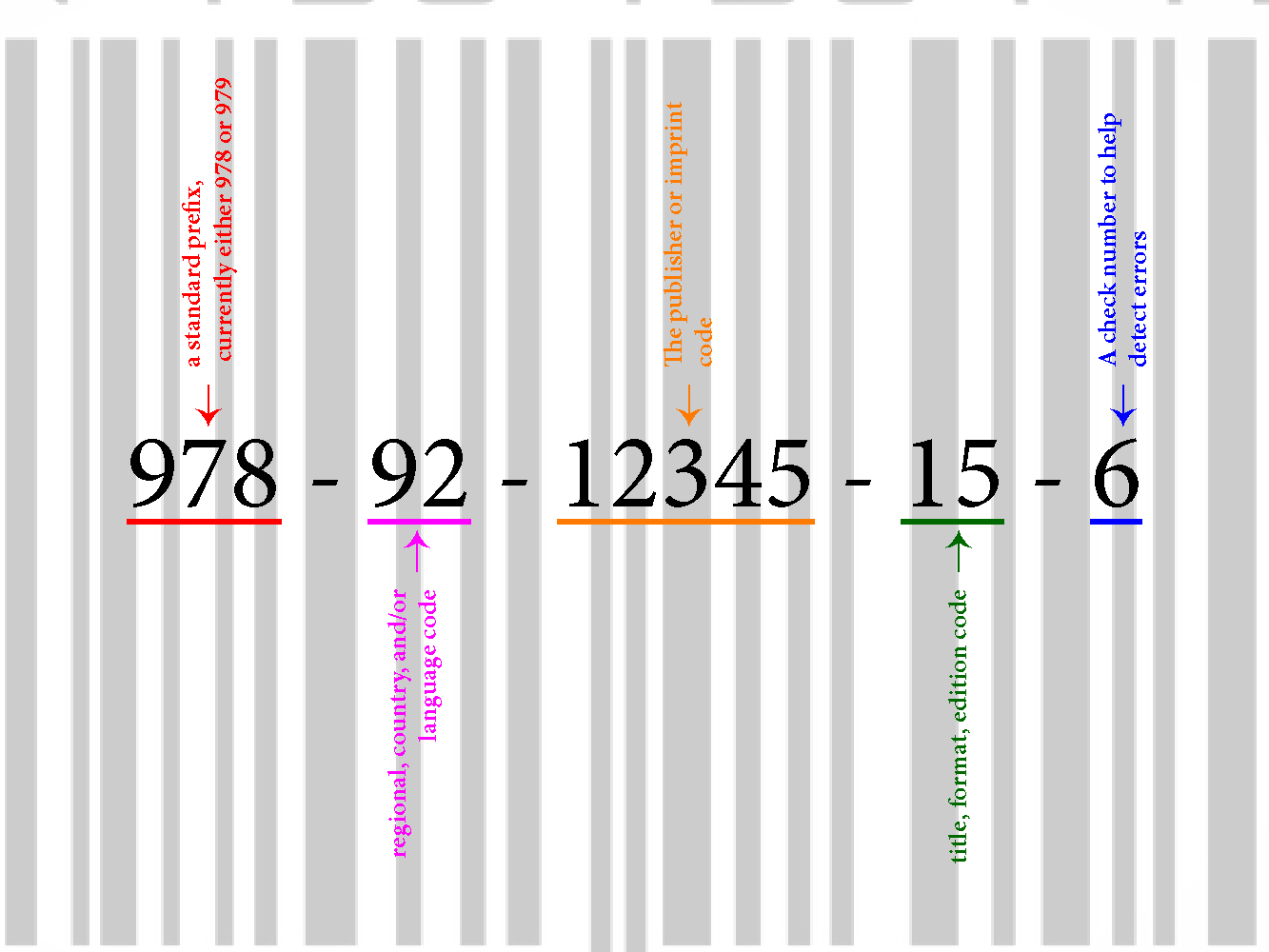
ISBNs for Self-Publishers: What you need to know!
Self-publishing can be complicated and ISBNs or metadata are often the most confusing part. My clients often have a lot of questions about ISBNs so I want to demystify the subject for you! So here’s […]
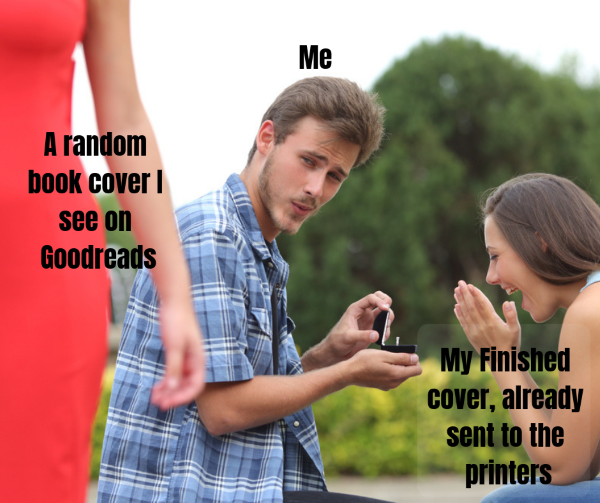
How to Get a Good Cover for Your Self-Published Book
Cover design is an area that many self-publishers struggle with. Designing an effective cover is an art that takes skill and knowledge. Graphic design software has become more and more accessible, including free tools like […]

Should You Hire an Editor for Your Self-Published Book?
One of the biggest debates in the self-publishing world these days is: do self-publishers really need editors? The answer is yes, yes, and yes. You need an editor, or rather you need editing services. There […]
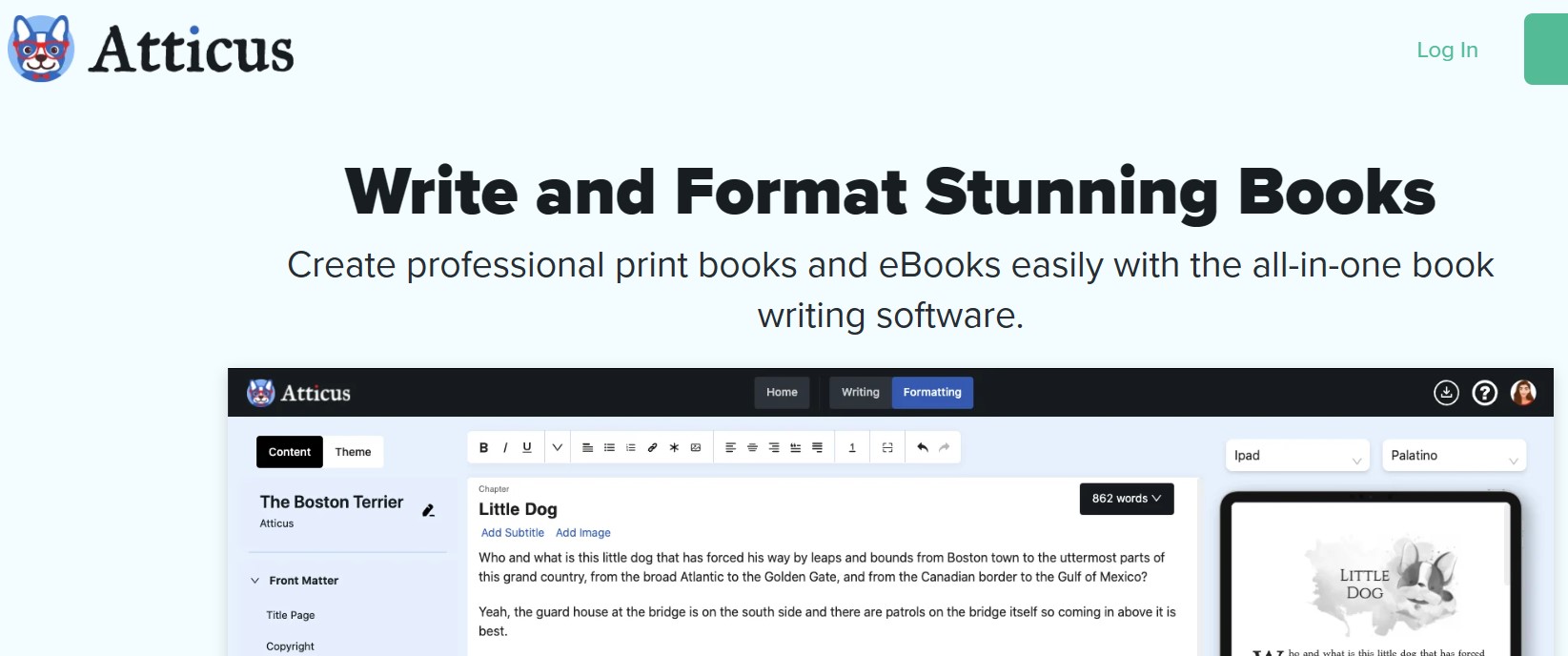
Atticus is an Affordable Book Design Tool for Self-Publishing Books
Publishing a book is expensive and complicated. I’m always looking for tools and software that make the self-publishing process easier and fit within a budget. I had heard the buzz about Atticus during their pre-launch […]
Reviews of Self-Publishing Tools
Book Design Software Atticus (Mac/PC/Linux/Chome) ebook and print book interior design
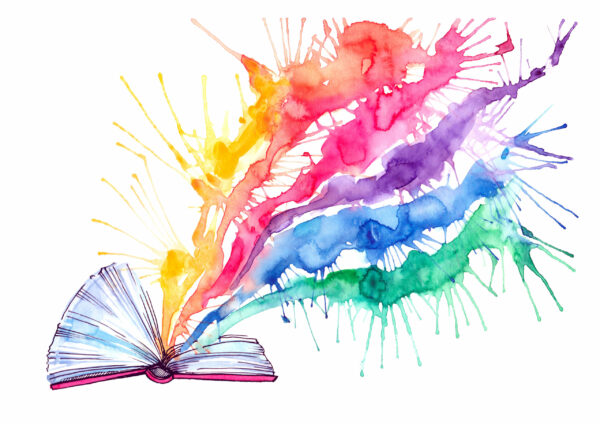
How to Find a Marketable Idea for Your Self-Published Book
In this post I’ll talk about finding a marketable idea for self-publishing. It’s nice to put your teaching materials out there, but how do you know what your potential customers want? What’s the difference between […]

Getting Ideas for Educational Materials to Publish
As a publishing consultant and editor, I am constantly asked how to self-publish teaching materials. How do you self-publish? What content should I self-publish? Self-publishing in English Language Teaching has been around for a surprisingly […]

